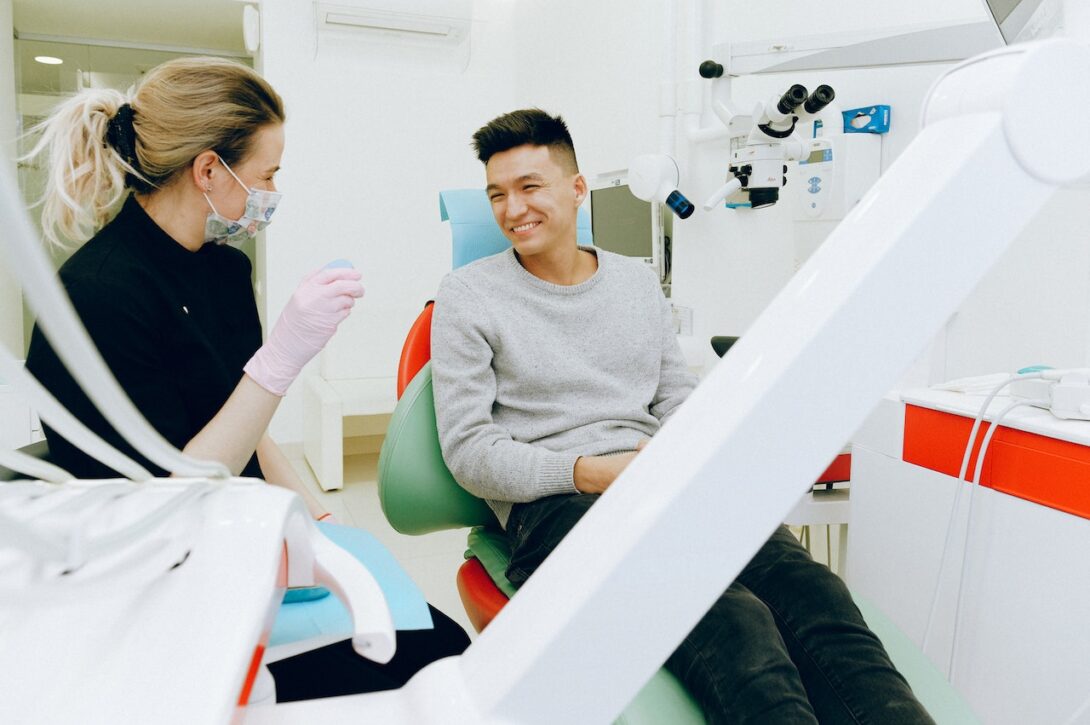Category: Health
News
- Articles from Policy & Internet
- Books
- Call for Papers
- Child Safety
- Collective Action
- Conferences
- Democracy
- Development
- Economics
- Education
- Environment
- Ethics
- Governance & Security
- Health
- Interviews
- Mapping
- Methods
- Policy
- Politics & Government
- Publications
- Social Data Science
- Submissions Closed
- Tools
- Video
- Wellbeing
-

We should look to automation to relieve the current pressures on healthcare
Automation may address these pressures in primary care, while also reconfiguring the work of staff…
-

Psychology is in Crisis: And Here’s How to Fix It
It seems that in psychology and communication, as in other fields of social science, much…
-

Is internet gaming as addictive as gambling? (no, suggests a new study)
New research suggests that very few of those who play internet-based video games have symptoms…
-

Unpacking patient trust in the “who” and the “how” of Internet-based health records
—
Key to successful adoption of Internet-based health records is how much a patient places trust…
-

Searching for a “Plan B”: young adults’ strategies for finding information about emergency contraception online
While the Internet is a valuable source of information about sexual health for young adults,…
-

eHealth: what is needed at the policy level? New special issue from Policy and Internet
—
Policymakers wishing to promote greater choice and control among health system users should take account…


